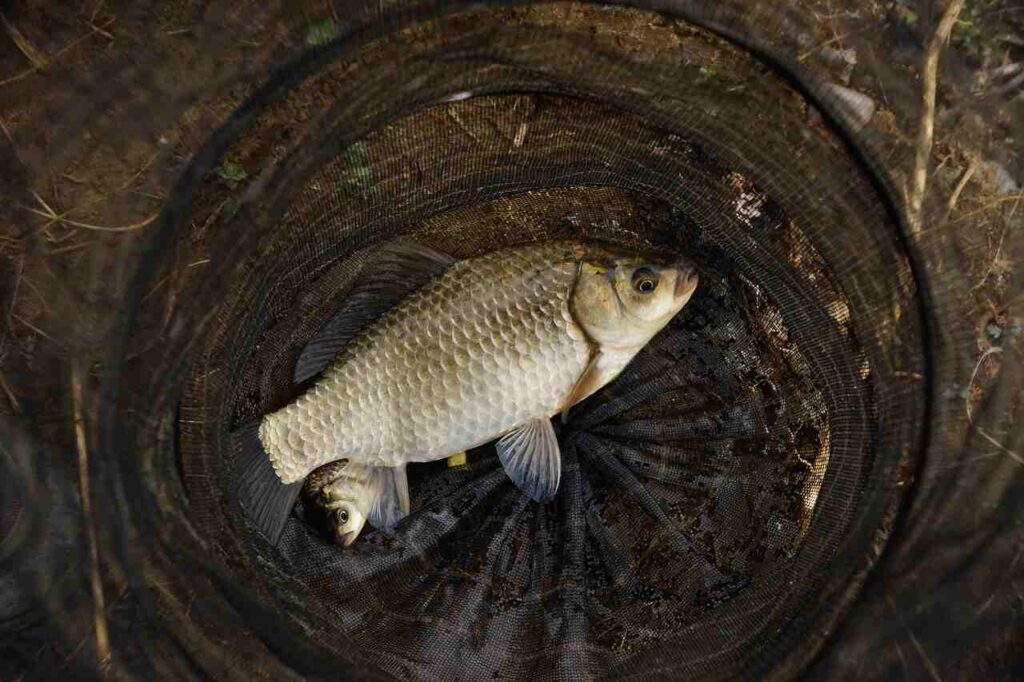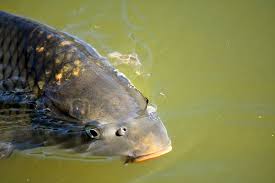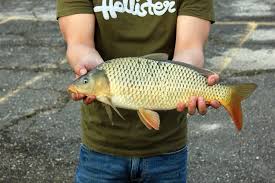As a professional angler, I understand the thrill of fishing — the challenge, the excitement, and the connection to nature. However, there is another aspect of fishing that is equally important: preserving fish populations for future generations. This delicate balance between enjoying the sport of fishing and ensuring the survival of fish is something every angler must consider. One of the most effective ways to contribute to this balance is by practicing catch and release fishing. This practice not only helps maintain healthy fish populations but also protects our aquatic ecosystems.
In this article, I will share my personal experiences and insights on how to properly handle fish, particularly carp fishing in the USA, to minimize stress and injury, ensuring the fish’s survival after being released. We will explore techniques, best practices, and the ethical considerations behind catch and release, as well as the importance of barbless hooks, the right tools to use, and the ideal conditions for a successful release.
Why Catch and Release Is Important
Before we dive into the specifics of carp fishing and the best practices for catch and release, it’s essential to understand the significance of this conservation technique. Catch and release fishing involves the careful and respectful practice of catching fish, handling them gently, and then releasing them back into the water unharmed. This method has become a cornerstone of sustainable fishing practices and plays a key role in preserving fish populations and the aquatic environment.
By practicing catch and release, anglers help ensure that fish, particularly species like carp, continue to thrive in their natural habitats. Carp, a species that is popular among anglers in the USA, can be found in many rivers, lakes, and ponds across the country. They are resilient fish, but their populations can still face challenges from overfishing, pollution, and habitat destruction. By returning them to the water safely, we contribute to the health and vitality of their populations.
The Ethics of Catch and Release
Anglers often wonder whether catch and release is always the right choice for the fish. There are ethical considerations that go into this practice, and it’s crucial to recognize the potential harm that can be caused if not done correctly. If done improperly, fish can suffer from unnecessary stress, injuries, or even death after being released. The key to successful catch and release is minimizing harm and ensuring that the fish is as unharmed as possible when it returns to the water.
The ethical responsibility of an angler doesn’t stop at the fish hook. It extends to everything from using proper equipment to choosing the best times and conditions for fishing. By understanding these ethical responsibilities, anglers can make informed decisions that benefit not just the fish they catch but also the entire aquatic ecosystem.
Handling Fish with Care: Techniques to Minimize Stress
One of the most critical aspects of successful catch and release fishing is how you handle the fish. Here are several important techniques to ensure minimal stress and injury to the fish:
1. Use Wet Hands
When handling fish, always wet your hands first. Dry hands can damage the fish’s protective slime layer, which is crucial for their health. The slime acts as a barrier against infections, so keeping it intact should be a priority.
2. Minimize Time Out of Water
Fish should be out of the water for as short a time as possible. Prolonged exposure to air can cause stress and damage to the fish’s organs. Keep the fish in the water while unhooking whenever possible and only remove them briefly for photographs or measurements.
3. Support the Fish Properly
When lifting the fish out of the water, make sure to support its body, especially its belly, with both hands. Never grab fish by the gills or the eyes, as these are extremely sensitive areas. With larger fish like carp, it is particularly important to use both hands to avoid putting strain on the fish’s spine.
4. Use a Fish-Friendly Net
A net with a soft, knotless mesh is essential for minimizing damage to the fish’s skin and fins. Avoid using nets with harsh or coarse mesh, as these can tear or scratch the fish, leading to injury. For carp fishing, a larger, deeper net is ideal to keep the fish as comfortable as possible during handling.
5. Keep the Fish Low to the Ground
If you must lift the fish, keep it close to the ground or the water’s surface. The higher the fish is lifted, the greater the risk of injury if it falls or struggles.
Barbless Hooks: A Key to Safe Release
One of the most significant innovations in fishing that has contributed to successful catch and release is the use of barbless hooks. While barbed hooks are effective for keeping the fish hooked during the fight, they can cause significant damage when removed. Barbless hooks, on the other hand, are much easier to remove and cause less injury to the fish.
Many anglers prefer barbless hooks, especially when targeting species like carp. The hooks are less likely to tear through the fish’s mouth, and they can be removed more easily, making the entire process less stressful. In some regions, the use of barbless hooks is even required by law to promote sustainable fishing practices.
If you’re practicing catch and release in carp fishing, it’s highly recommended to switch to barbless hooks to ensure the best chances of survival for the fish. These hooks also have the added benefit of reducing the time and effort required to unhook a fish, making it easier to handle.
The Right Tools for the Job
Using the right tools is essential for ensuring that fish are safely caught, handled, and released. Here are some of the key tools every angler should have in their tackle box when practicing catch and release:
- Needle Nose Pliers: These are essential for removing hooks safely, especially if the hook is deep in the fish’s mouth. Needle nose pliers with a long reach allow you to remove hooks quickly and effectively.
- De-hooking Tool: This tool is a great alternative to using your fingers, especially for barbed hooks. It helps you remove the hook without causing damage to the fish.
- Measuring Tape or Ruler: If you plan to take measurements for record-keeping or photographs, a soft, flexible measuring tape is ideal. This allows you to measure the fish while keeping it close to the water.
- Camera with Quick Setup: If you want to take photos, have your camera ready to go with minimal fuss. The less time the fish spends out of the water, the better.
- Landing Net: As mentioned earlier, a soft, knotless mesh net is essential for safely landing the fish. Larger, deeper nets are preferred for species like carp.
Ideal Conditions for Catch and Release
While practicing catch and release is important, it’s also crucial to consider the conditions under which you fish. The time of day, water temperature, and weather can all impact the fish’s ability to survive after being released. Here are some things to consider:
1. Fishing in Cooler Water
Fish are less stressed in cooler water. Warmer water can deplete oxygen levels, making it more difficult for the fish to recover after being caught. If possible, target your fishing trips during cooler months or in the morning and evening when temperatures are lower.
2. Avoid Fishing During Spawning Seasons
Spawning periods can be stressful for fish. During this time, it is best to avoid catching fish unless absolutely necessary. Handling fish during spawning can have detrimental effects on their reproductive cycles, so it’s important to be mindful of their life stages.
3. Choose Low-Stress Methods
In some cases, fishing with lighter tackle or using techniques that allow the fish to fight for a shorter period of time can help reduce stress. Carp, for example, are known for their strong fighting abilities, so using a rod and reel suited to their size can prevent them from wearing themselves out too much.
Anglers as Stewards of the Waters
Catch and release fishing is an essential practice for preserving fish populations and maintaining healthy aquatic ecosystems. As anglers, we are not just participants in a sport but also stewards of the waters. By using the right techniques, equipment, and ethical considerations, we can ensure that the fish we catch today will be around for future generations of anglers to enjoy.
For carp fishing in the USA, embracing catch and release practices is not only about preserving the fish but also about maintaining the joy and sustainability of the sport. By following these guidelines and focusing on fish safety, we help ensure that our favorite pastime remains healthy, enjoyable, and conservation-minded for years to come.





